Red spider mites (Tetranychus urticae and T. cinnabarinus):
*Appearance: 8 legs (spider family); ovoid bodies; variable color (green, yellow,
orange and black but reddish brown when feeding on tomatoes).
*Life cycle: 5 stages: egg, larva, first nymphal (6 legs), second nymphal, adult.
Time in each stage depends on temperature (~30C/86F is optimal).
The population = 75% females, 25% males.
*Damage: Larvae, nymphs and adults pierce plant cells and suck out the contents usually from the under side of leaves. Chlorophyll is destroyed leaving yellow patches and photosynthesis decreases. These patches are a major problem on ornamentals. Nymphs and adults produce webbing which are swarming with mites and give the leaf a reddish hue.
*Control/Natural enemies: Dusting sulfur is an effect miticide. DO NOT dust beneficial mites or bees. The predatory mite (Phytoseiulus persimillis): Belongs to the same order as the red spider mite – Acarina. Nymphs and adults eat spider mites. Feeding depends on populations, temperature and humidity.
*Appearance: 8 legs (spider family); ovoid bodies; variable color (green, yellow,
orange and black but reddish brown when feeding on tomatoes).
*Life cycle: 5 stages: egg, larva, first nymphal (6 legs), second nymphal, adult.
Time in each stage depends on temperature (~30C/86F is optimal).
The population = 75% females, 25% males.
*Damage: Larvae, nymphs and adults pierce plant cells and suck out the contents usually from the under side of leaves. Chlorophyll is destroyed leaving yellow patches and photosynthesis decreases. These patches are a major problem on ornamentals. Nymphs and adults produce webbing which are swarming with mites and give the leaf a reddish hue.
*Control/Natural enemies: Dusting sulfur is an effect miticide. DO NOT dust beneficial mites or bees. The predatory mite (Phytoseiulus persimillis): Belongs to the same order as the red spider mite – Acarina. Nymphs and adults eat spider mites. Feeding depends on populations, temperature and humidity.
























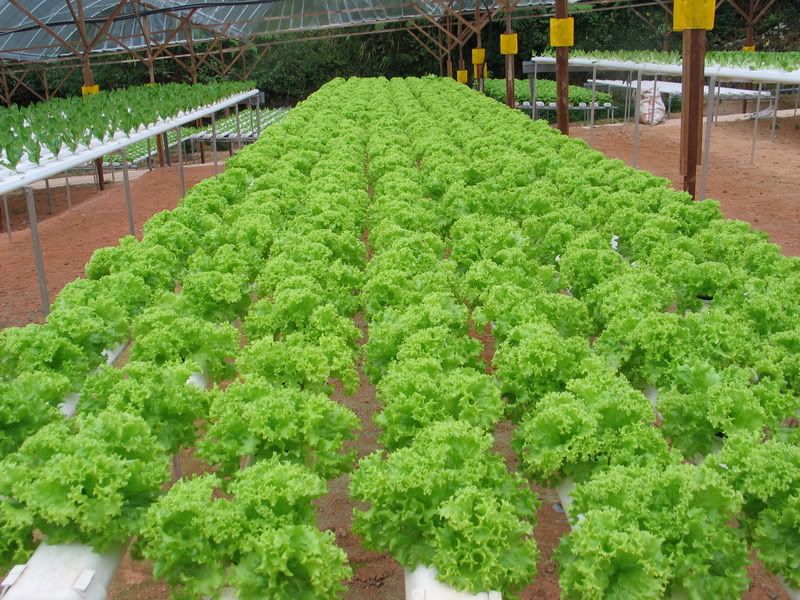
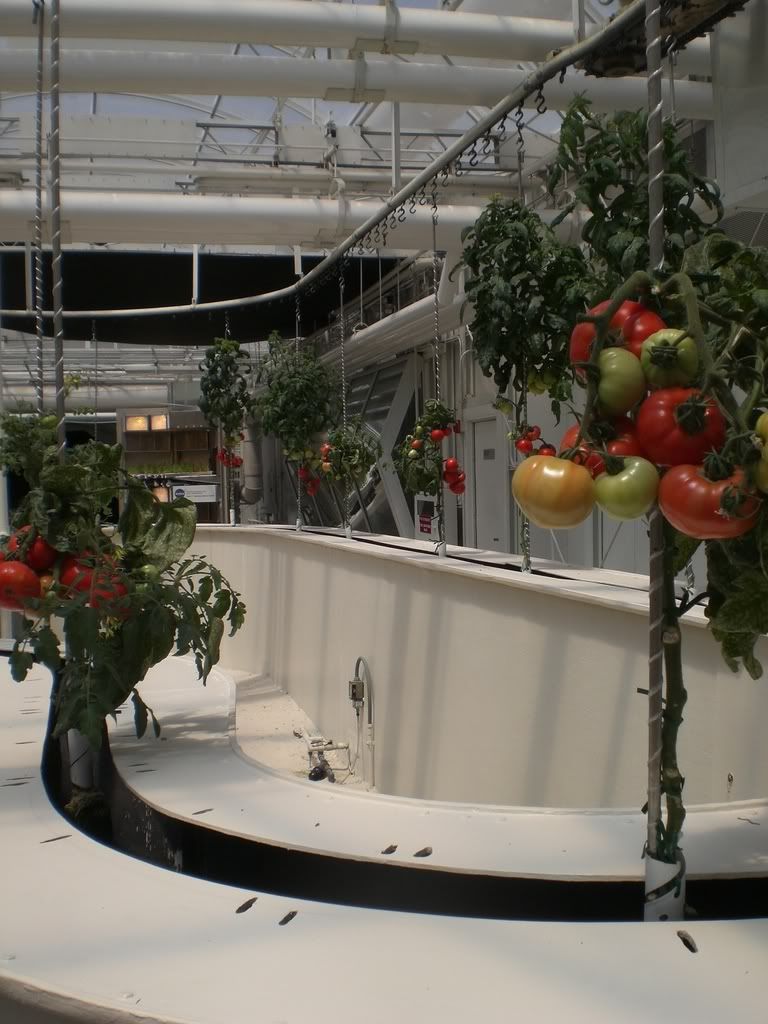
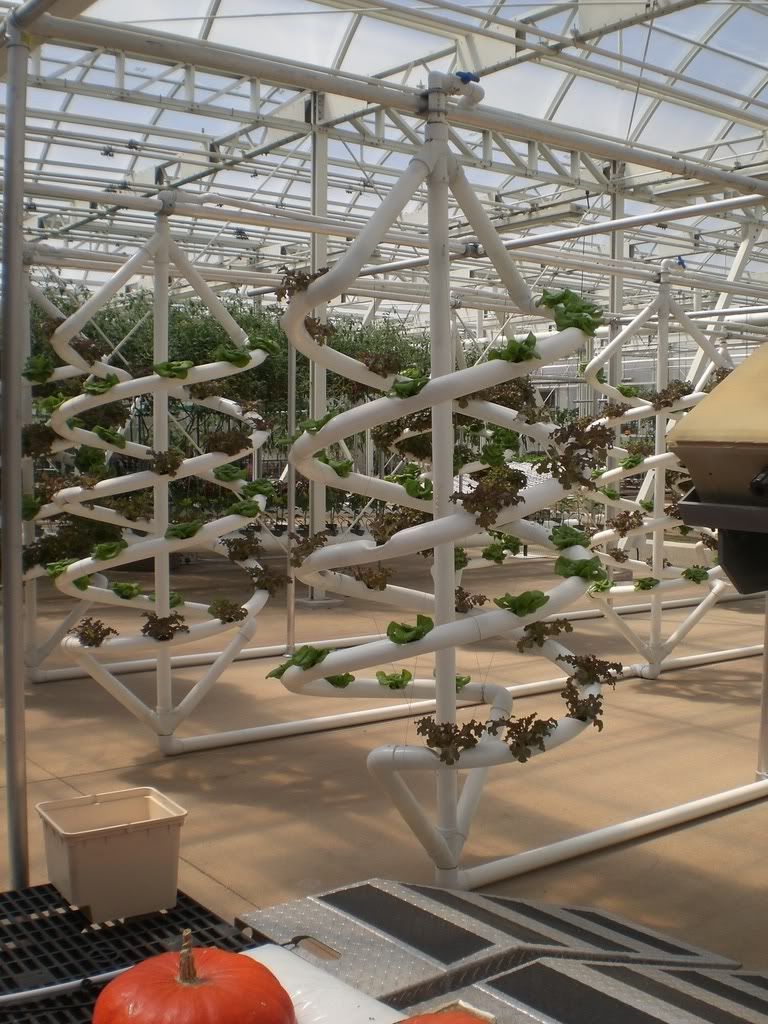
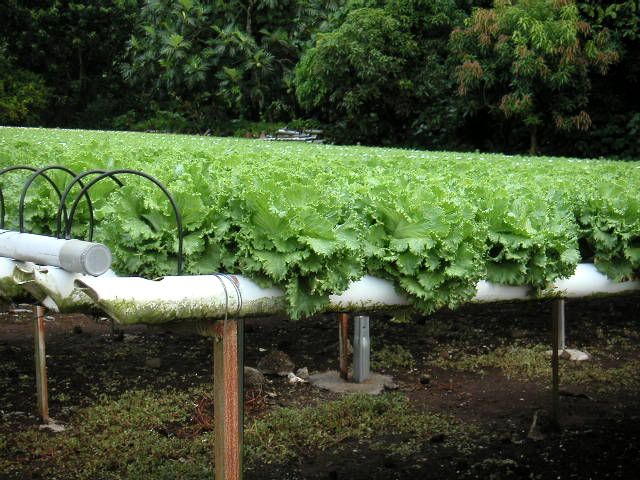
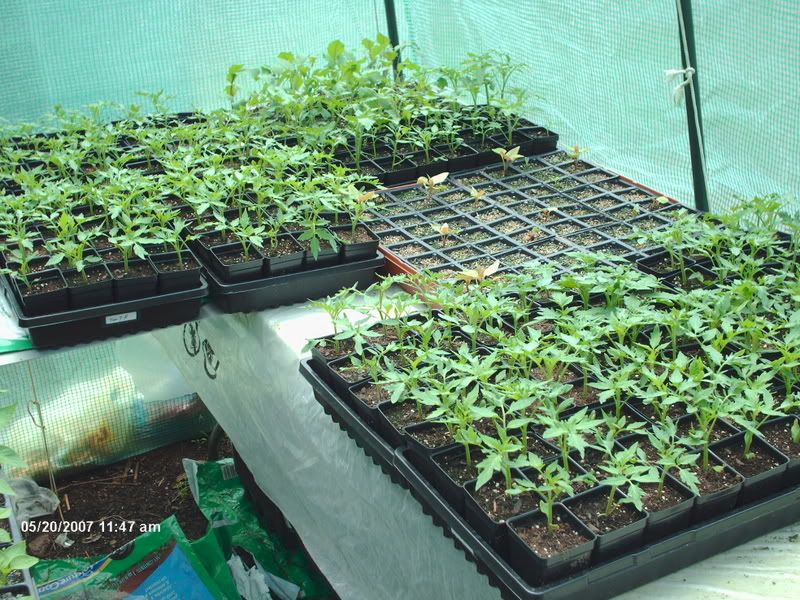
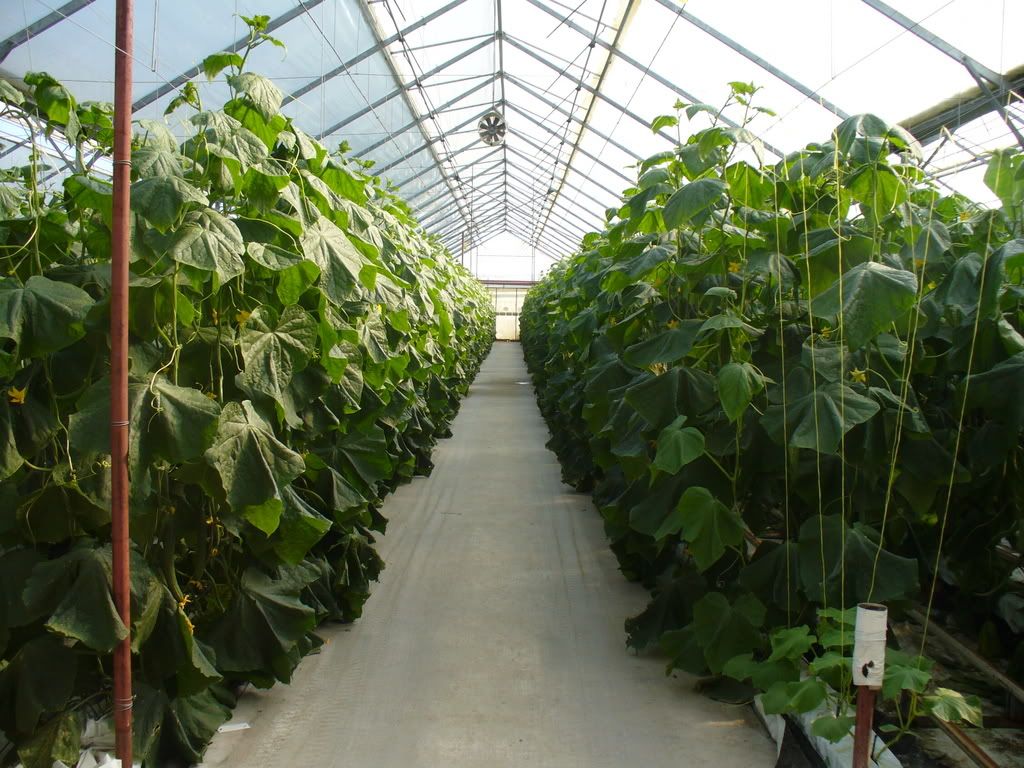
No comments:
Post a Comment